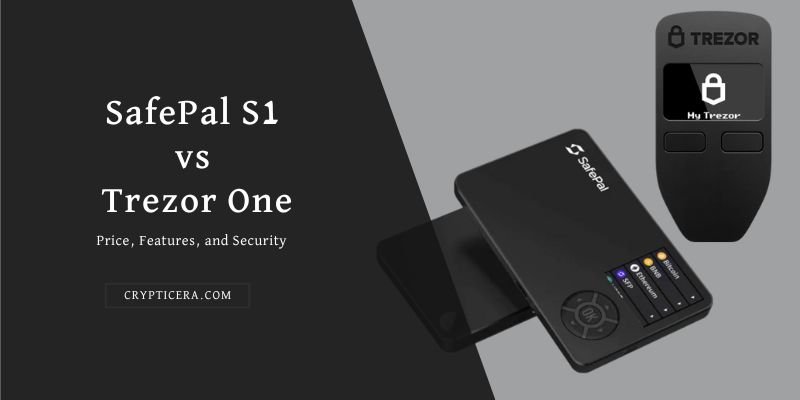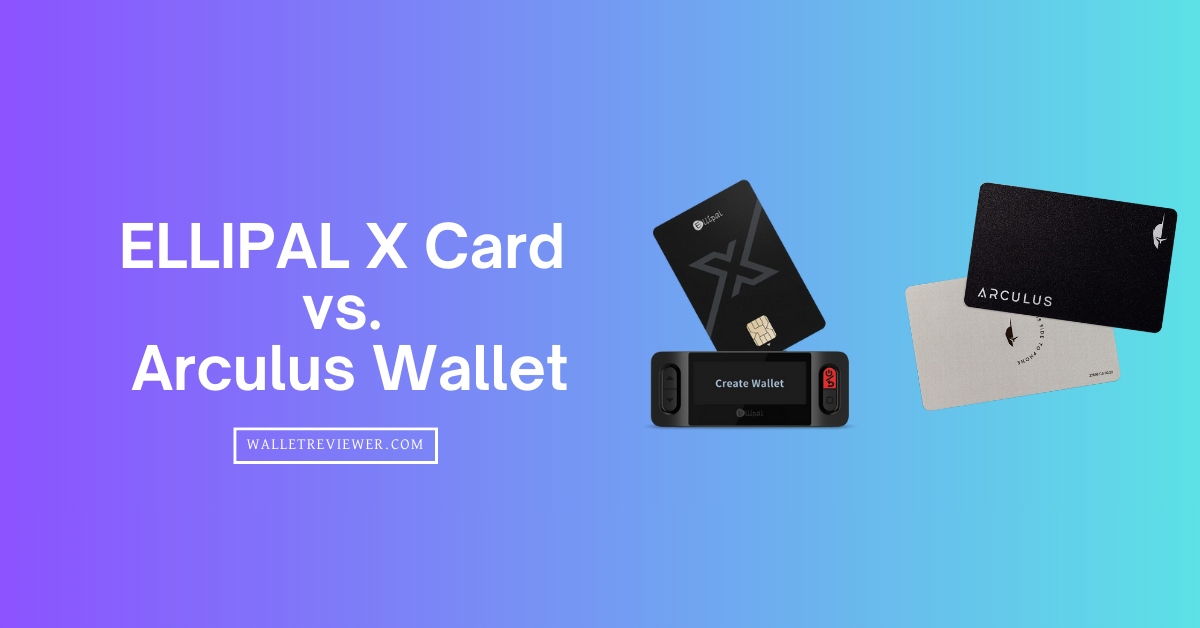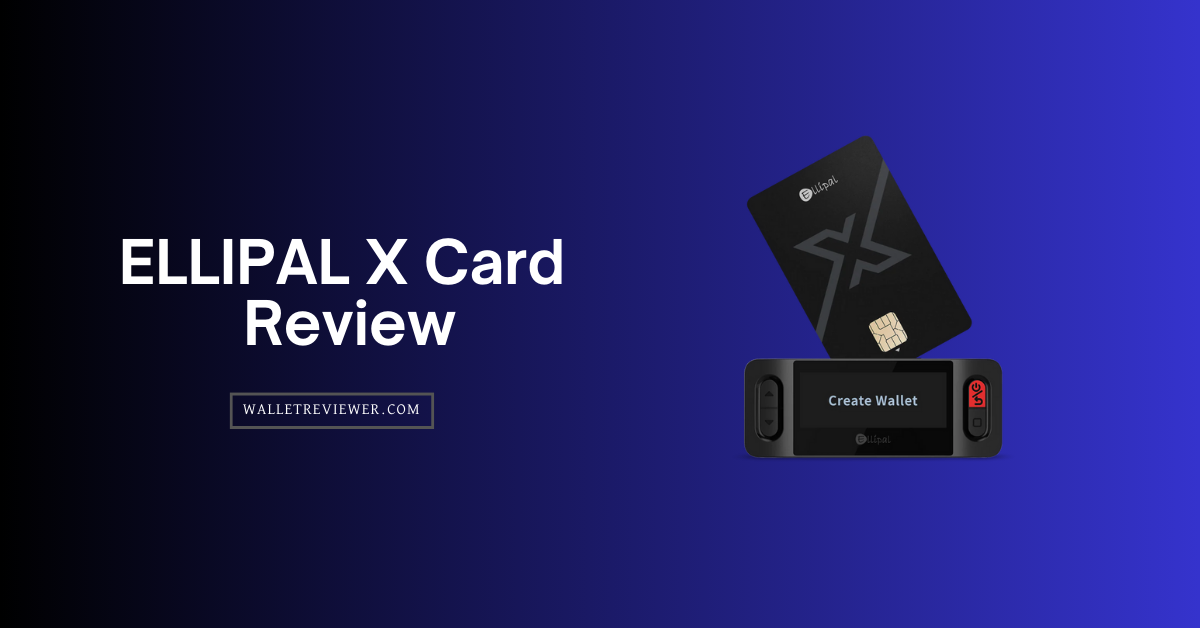Cryptocurrency is an exciting and lucrative field that attracts investors, traders, and enthusiasts from all over the world. As more people get involved in the crypto world, it is becoming increasingly important to keep your digital assets safe from cyber threats.
One of the best ways to secure your cryptocurrencies is by using a hardware wallet. In this article, we will compare two popular hardware wallets, “Safepal S1 vs Trezor One”, to help you make an informed decision.
Key Takeaways:
- Safepal S1 has a more user-friendly interface with a large display and a mobile app that makes it easier to use. On the other hand, Trezor One relies on a physical button interface.
- Safepal S1 supports more altcoins than Trezor One, giving users more options for diversification.
- SafePal S1 is generally more affordable than Trezor One, making it a better option for users on a budget.
- Trezor One has better build quality compared to the Safepal S1 Cold wallet.
SafePal S1 vs Trezor One: Which Should You buy?
| Features | SafePal S1 | Trezor One |
|---|---|---|
| Type of Wallet | Hardware Wallet | Hardware Wallet |
| Supported Coins | 54+ Chains, and 10,000 tokens | 1000+ Coins |
| Bluetooth Connectivity | No | Yes |
| NFC Connectivity | No | No |
| WiFi Connectivity | No | No |
| USB Connectivity | Yes | Yes |
| QR Code Scanner | Yes | No |
| Display | 1.3-inch IPS LCD screen | 128 x 64 OLED display |
| Battery Life | 400mAh (20 days of standby) | No Battery |
| Security | EAL 5+ secure element | Advanced security features |
| Supported Languages | 15+ languages | English, Czech, and Spanish |
| Size | Credit card-sized | Smaller than a credit card |
| Price | $49.99 | $69 |
| Ease of Use | User-friendly interface | User-friendly interface |
| Compatibility | Windows, macOS, Linux, iOS, and Android devices | Android, Windows, macOS, and Linux |
| Safepal S1 Review | Trezor one Review |
What is a Hardware Wallet?
Before we dive into the comparison of the Safepal S1 and the Trezor One, let’s briefly discuss what a hardware wallet is and why it is essential.
A hardware wallet is a physical device that stores your private keys, which are required to access your cryptocurrency holdings. Unlike software wallets, which are vulnerable to cyber-attacks, hardware wallets are designed to protect your digital assets from online threats like hacking, phishing, and malware.
With a hardware wallet, you can safely store your cryptocurrencies offline and have peace of mind knowing that your assets are secure.
Overview of Safepal S1 and Trezor One
The Safepal S1 and Trezor One are two of the most popular hardware/Cold wallets available in the market. Let’s take a closer look at each of them.
Safepal S1: 100 air-gapped Cold Wallet
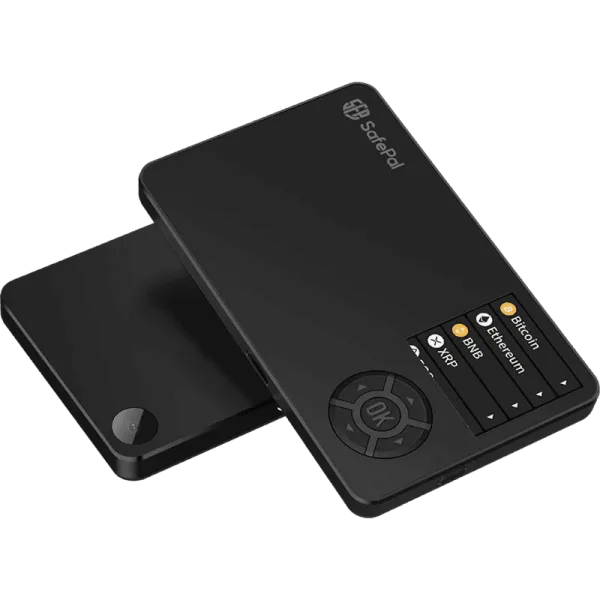
The Safepal S1 is a lightweight and portable hardware wallet that supports over 10,000 cryptocurrencies, including Bitcoin, Ethereum, Binance Coin, and Dogecoin.
Unlike other wallets, SafePal doesn’t require any KYC or registration, which means you can enjoy full access to unlimited decentralized applications. It also supports 15 languages and 54 chains, with more chains being added over time.
It’s no wonder that SafePal is trusted by customers in over 200 countries and regions. The Safepal S1 also has a user-friendly interface making it easy to use for people all over the world.
Trezor One: Best Bitcoin Hardware Wallet
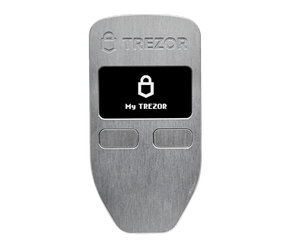
The Trezor One is a hardware wallet developed by SatoshiLabs, a well-known company in the crypto world. It supports over 1,200 cryptocurrencies and has a 128 x 64-pixel OLED display that shows your transaction details.
The Trezor Model One also has a robust security system that protects your private keys from online threats, and it supports multi-factor authentication for additional security.
Safepal S1 vs Trezor One: Features Comparison
Now that we have an overview of both hardware wallets let’s compare their features side-by-side.
1. Design and Build Quality
SafePal is also very portable, with a size that’s similar to a credit card. It’s super light and easy to carry around, allowing you to manage your crypto 24/7. You can use it anywhere and anytime, with an operating temperature range of -4° to 158° F (-20 ° to 70 ° C).
It’s charged with a Type C USB cable, has a 1.3′ IPS screen, and a 400mAh battery that could endure 20 days based on 10 minutes of daily use.
On the other hand, the Trezor One has a more robust build quality, with a metal casing that offers better protection against physical damage.
2. Supported Cryptocurrencies
The Safepal S1 supports over 10,000 cryptocurrencies, which is a significant advantage over the Trezor One, which only supports around 1,000 cryptocurrencies.
However, it’s worth noting that most people only invest in a handful of cryptocurrencies, so the number of supported currencies may not be a crucial factor.
3. User Interface
The Safepal S1 has a user-friendly interface that is easy to navigate, with a touchscreen display and a built-in accelerometer that allows you to shake the device to erase the screen.
The Trezor One has a simple interface with two buttons that you use to navigate the menu, which some people may find more intuitive.
4. Security
Both hardware wallets have strong security features that protect your private keys from online threats.
The security features of SafePal are also impressive. It has an EAL 5+ independent secure element, which provides multiple layers of security. It also has a true random number generator and a self-destruct mechanism. With these features, you can be sure that your assets are always secure and protected, wherever you go.
Another great feature of SafePal is its 100% offline air-gapped signing mechanism, which provides truly cold storage. Unlike other wallets that have Bluetooth, WiFi, NFC, or USB connections, SafePal has none of these, making it more secure.
The Trezor One, on the other hand, uses a password-protected system that ensures your private keys are never exposed to the internet. It also has a PIN code that you use to access your device and supports multi-factor authentication.
Winner: Safepal S1 offers better security than Trezor One due to a 100% air-gapped transaction signing mechanism.
5. Price
The Safepal S1 is generally more affordable pricing at $49,99 than the Trezor One pricing at $69. This makes it an excellent choice for people who are just starting in the crypto world or those on a tight budget.
The Trezor One, on the other hand, is more expensive but offers superior build quality and a better brand reputation.
Winner: SafePal S1 is more affordable than Trezor One.
6. Mobile App and Supported Platforms
Safepal S1 offers native mobile app support for both iOS and Android devices, which makes it a more convenient option. In addition, It can also connect to decentralized exchanges (DEXs) through the Safepal app.
Trezor One, on the other hand, does not offer a native iOS mobile app, but it can be used with third-party mobile apps like Mycelium and Electrum. It also offers desktop access via the Trezor Suite, with support for Windows, macOS, and Linux operating systems.
Additionally, Trezor is compatible with several web-based wallets and third-party integrations, such as Exodus and Shapeshift, which provides more flexibility for users who require specific platform or service support.
7. Customer Support
Both companies offer excellent customer support, with dedicated help centers and responsive customer service representatives.
The Safepal S1 also has an active community forum where users can exchange tips and troubleshooting advice.
Related:
- SafePal vs ELLIPAL Titan
- SafePal vs Ledger
- SafePal vs Trezor vs ELLIPAL vs Ledger
- Ledger vs Trezor
Which Hardware Wallet is Better?
Safepal S1 offers a more convenient mobile app, supports more cryptocurrencies, and has a bigger 3-inch display, while Trezor One offers greater compatibility with third-party integrations and more extensive desktop access.
Deciding on the best hardware wallet for your needs ultimately depends on your personal preferences and requirements. Here’s a quick summary of the main pros and cons of each device:
Pros and cons of Safepal S1
Pros:
- Supports over 10,000 cryptocurrencies
- Lightweight and portable
- Affordable
- User-friendly interface
- Built-in accelerometer for added security
Cons:
- Lower build quality than Trezor One
- Limited history and reputation compared to Trezor
pros and cons of Trezor One
Pros:
- High build quality and durability
- Strong security features
- Long-standing reputation in the crypto world
- Dedicated support team
Cons:
- More expensive than Safepal S1
- Limited support for cryptocurrencies compared to Safepal S1
How to Store Crypto With SafePal or Trezor One?
- First, you’ll need to purchase either a Safepal S1 or Trezor One hardware wallet.
- Once you have the wallet, connect it to your computer or mobile device using the provided USB cable or through a QR Code (in the case of Safepal S1).
- Follow the on-screen instructions to set up your wallet and create a new account with a unique password and recovery phrase. This is a critical step, as your recovery phrase is necessary to restore access to your wallet if you lose or damage your device.
- Once your wallet is set up, you can start adding cryptocurrencies to it by using the wallet’s receive function. Each wallet will provide you with a unique address that you can use to receive funds.
- To send cryptocurrency from your wallet, use the wallet’s send function and enter the recipient’s wallet address and the amount you want to send.
- It’s important to regularly back up your wallet’s recovery phrase and store it securely in a safe place, such as a fireproof safe or a safety deposit box.
Alternatives to Consider
SAFEPAL S1

- QR Code Transaction Signing
- Portable and Affordable
- No Bluetooth, No NFC, No Wifi, highly secure
- Unlimited Tokens on 54+ blockchains
ELLIPAL Titan
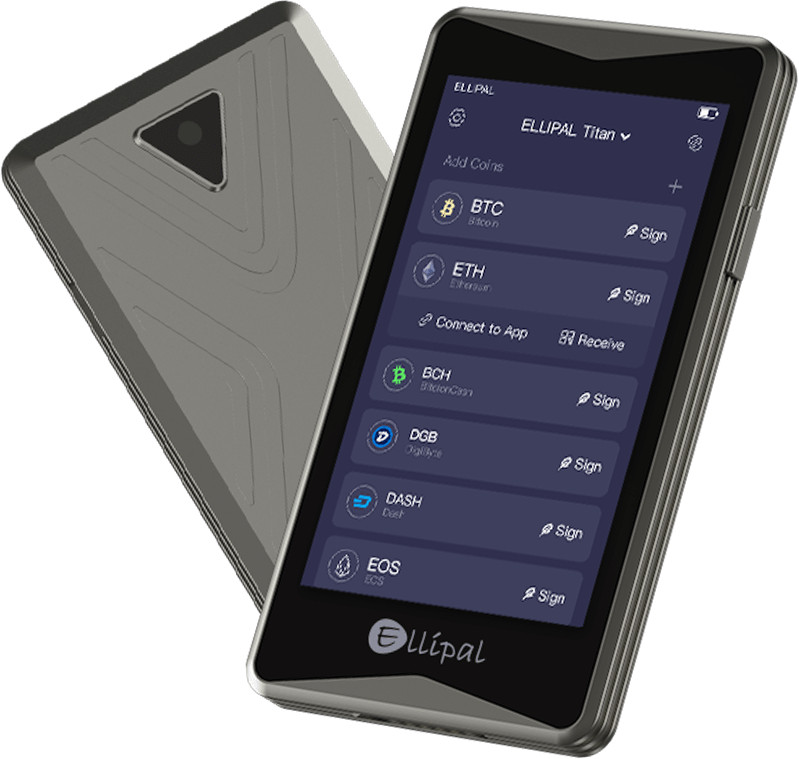
- 100% air-gapped cold wallet
- Easy Portable with a screen size of Just 4 inch
- Camera for QR Code scanning
- Supports 10,000+ crypto coins and 51 blockchains
Conclusion
Both the Safepal S1 and Trezor One are excellent hardware wallets that provide top-notch security for your digital assets.
The Safepal S1 is more affordable and supports a wider range of cryptocurrencies, while the Trezor One offers superior build quality and security features.
Ultimately, the choice between these two hardware wallets comes down to your personal preferences and requirements.
FAQs
What happens if I lose my Safepal or Trezor?
If you lose your SafePal or Trezor hardware wallet, you will lose access to the cryptocurrency stored on the device. It is important to keep your recovery seed or passphrase in a safe and secure location, as this is the only way to regain access to your funds in the event of losing your hardware wallet.
Is SafePal compatible with all cryptocurrencies?
SafePal supports 54 blockchains and unlimited tokens, and new tokens can be added via a firmware upgrade. It’s recommended to update your hardware wallet’s firmware regularly to ensure the latest security features and bug fixes are installed.
Is SafePla S1 or Trezor One Safe to use?
Yes, SafePal and Trezor are both considered to be very safe hardware wallets to use for storing cryptocurrencies. They both offer advanced security features, such as encryption and two-factor authentication, to protect your digital assets. Additionally, both companies have established reputations and are trusted by many in the cryptocurrency community.
